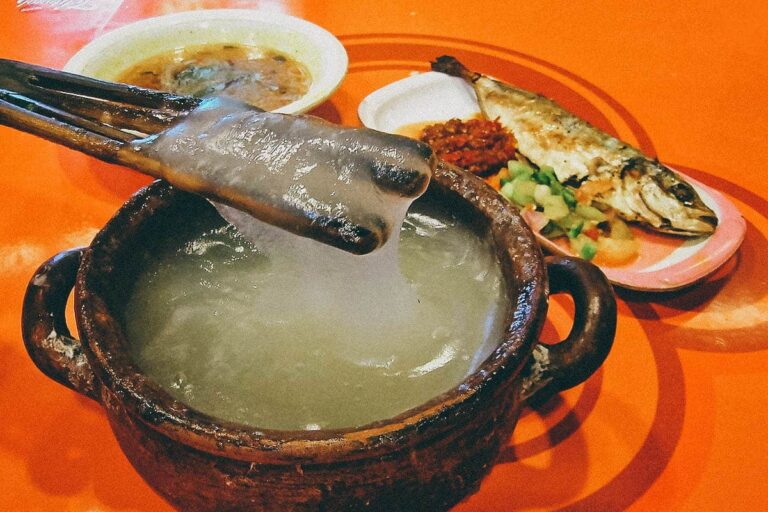Introduction: Bruneian cuisine and bread
Brunei is a small Southeast Asian country located on the island of Borneo, and its cuisine is heavily influenced by the neighboring countries of Malaysia and Indonesia. Bruneian cuisine is known for its bold flavors, spices, and seafood, but what about bread? Although bread is not a staple food in Brunei, there are a few traditional bread varieties that are an important part of the country’s gastronomy.
The cultural and historical significance of bread in Brunei
Bread has been a part of Brunei’s culinary heritage for centuries, and it is believed that the country’s first bread was introduced by Arab traders in the 15th century. Bread-making was initially a skill only known to the royal family and was kept secret from the general public. However, over time, bread became more widely available and became an essential part of the daily diet of Bruneians. Today, bread is an important aspect of Bruneian culture and is often served during special occasions such as weddings and religious festivals.
Local ingredients used in traditional Bruneian bread
The bread-making process in Brunei involves a mix of local and imported ingredients. One of the most important ingredients used in Bruneian bread is coconut milk, which is added to the dough to give it a rich and creamy texture. Other local ingredients used in traditional Bruneian bread include pandan leaves, which are used to add an aromatic flavor, and palm sugar, which is used to add sweetness. Flour, yeast, and salt are also common ingredients used in Bruneian bread-making.
The role of bread in daily Bruneian meals and celebrations
Although bread is not a staple food in Brunei, it is still an important part of the country’s daily meals. Bread is often served for breakfast with tea or coffee, and it is also commonly used to make sandwiches for lunch. In addition, bread is also served during special occasions such as weddings, where it is often decorated with intricate designs and served alongside other traditional dishes.
Popular traditional bread varieties in Bruneian cuisine
One of the most popular traditional bread varieties in Brunei is roti jala, which is a type of thin, net-like bread made from a mixture of flour, eggs, and coconut milk. Another popular bread in Brunei is roti canai, which is a type of flatbread that is similar to the Indian paratha. Other traditional bread varieties in Brunei include ketupat, which is a type of steamed rice cake wrapped in a woven palm leaf, and ambuyat, which is a starchy, sago-based porridge that is often eaten with bread.
Methods of preparation and cooking techniques for Bruneian bread
The preparation method and cooking techniques for Bruneian bread can vary depending on the type of bread being made. For example, roti jala is made by pouring a thin batter of flour, eggs, and coconut milk onto a hot griddle, where it is quickly cooked into a net-like shape. In contrast, roti canai is made by stretching the dough out by hand and then folding it into a layered flatbread. Ketupat and ambuyat are both made by steaming the bread in woven palm leaves.
The cultural and social importance of bread-making in Brunei
Bread-making in Brunei is not just about the food, but it is also an important social and cultural activity. Bread-making is often a communal activity, where family and friends gather together to prepare and cook the bread. It is also a way for younger generations to learn about the country’s culinary heritage and to pass on traditional recipes and techniques to future generations.
Conclusion: The future of traditional Bruneian bread in modern cuisine
As Brunei becomes more modernized, traditional bread-making techniques and recipes may become less common. However, there is still a growing interest in preserving Brunei’s culinary heritage, and traditional bread-making is an essential part of this effort. With continued support for traditional bread-making techniques and the use of local ingredients, Brunei’s traditional bread varieties will continue to play an important role in the country’s gastronomy.

